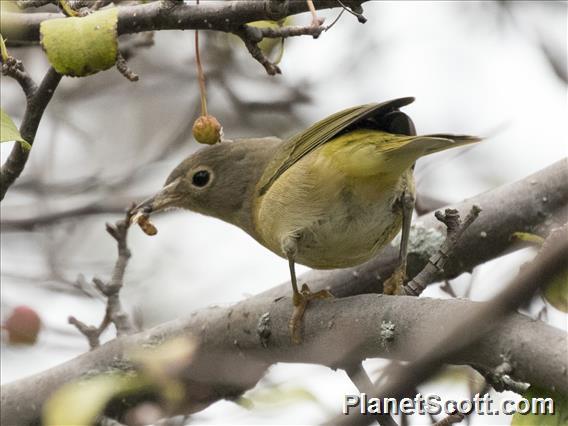Connecticut Warbler (Oporornis agilis)

Connecticut Warbler (Oporornis agilis)
×


Connecticut Warbler (Oporornis agilis)
About Connecticut Warbler (Oporornis agilis)
- Kingdom: Animals
- Phylum: Chordates
- Class: Birds
- Order: Perching Birds
- Family: New World Warblers
The Connecticut warbler is a small songbird of the New World warbler family.
Source: Wikipedia
Lifelists
Trips
Visits
-
2015-09-28
Montrose Point, United States of America -


